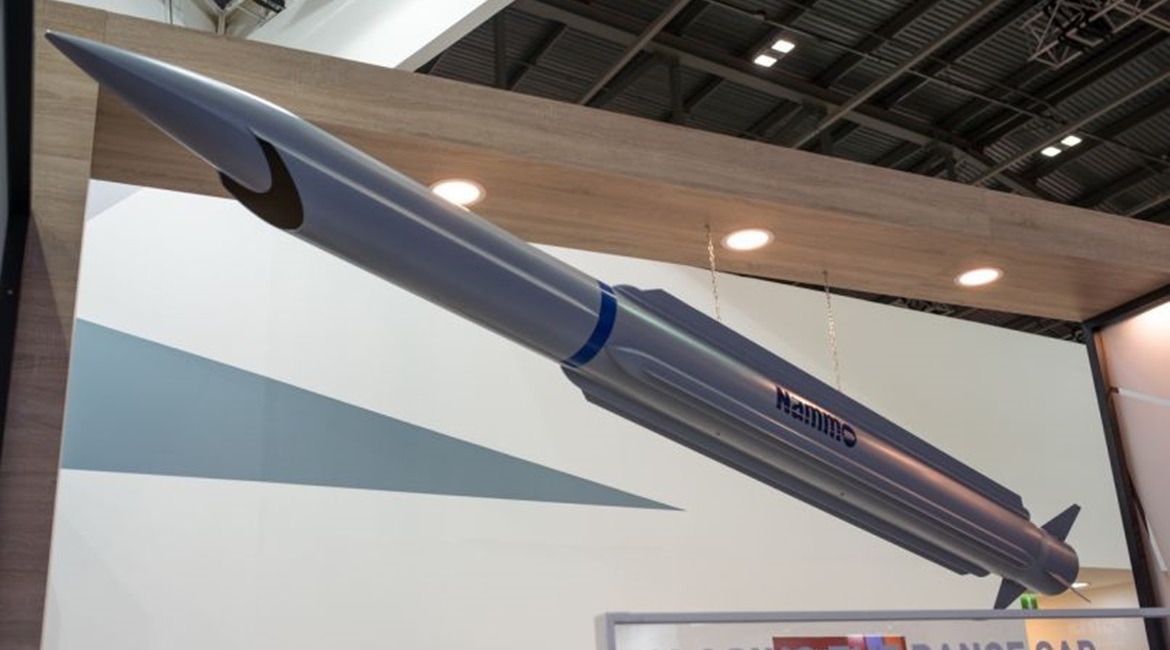
Nammo Raufoss has disclosed development of an advanced solid-fuel ramjet (SFRJ) engine designed to deliver augmented speed up to hypersonic level and range for missiles and artillery shells. An internally funded initiative, the new engine technology is being developed in co-operation with the Norwegian Defence Research Establishment (Forsvarets forskningsinstitutt – FFI) and US Navy research laboratories.
Ramjet propulsion uses a missile’s forward motion to compress incoming atmospheric oxygen, drawn through an integrated air intake, instead of the oxidiser used in solid-propellant motors. “In a traditional rocket motor, the oxidiser accounts for 80% of the fuel weight,” Frank Møller, vice-president of strategy and business development, aerospace propulsion at Nammo Raufoss explained to Jane’s . “But if you are flying in the atmosphere, why not use the oxygen from outside and save that 80%? This means you can have a much smaller missile, but with great range because the weight of the oxydiser is removed from the equation.”
“When the missile reaches the right velocity – approximately Mach 2.5 – the oxygen pressure and temperature is high enough and the air intake functions as a compressor and auto-ignites the propellant,” said Møller. “So, the ‘booster’ is built into the missile itself, and during flight it transitions from a traditional solid-fuelled rocket to an air-breathing system. In air-breathing mode the missile is capable of reaching between Mach 3.5 to Mach 5,” he added, noting that a SFRJ missile can have a burn time of up to 300 seconds and be throttled up and down.
Møller said the company has conducted more than 200 tests with the SFRJ technology at its centre in Raufoss, Norway, simulating speeds from Mach 3 to Mach 5 from sea level up to 50,000 ft.

Looking to read the full article?
Gain unlimited access to Janes news and more...




